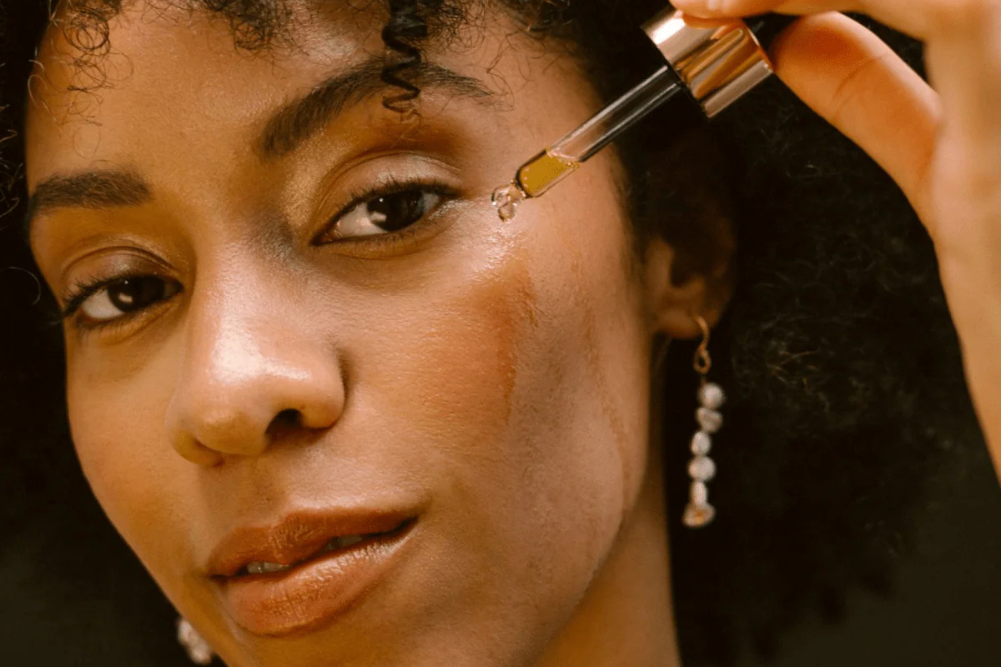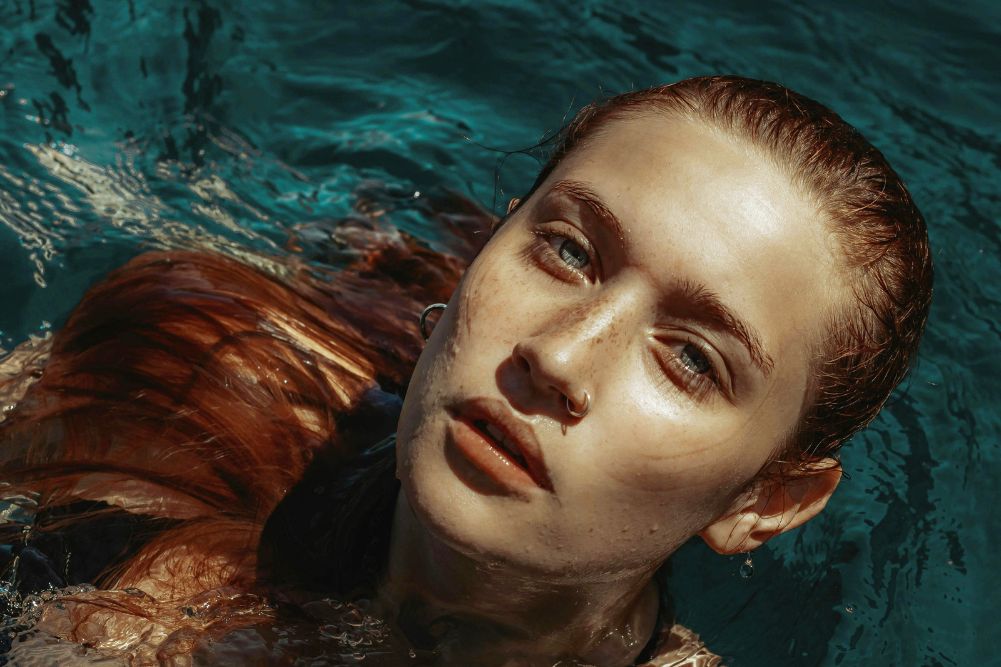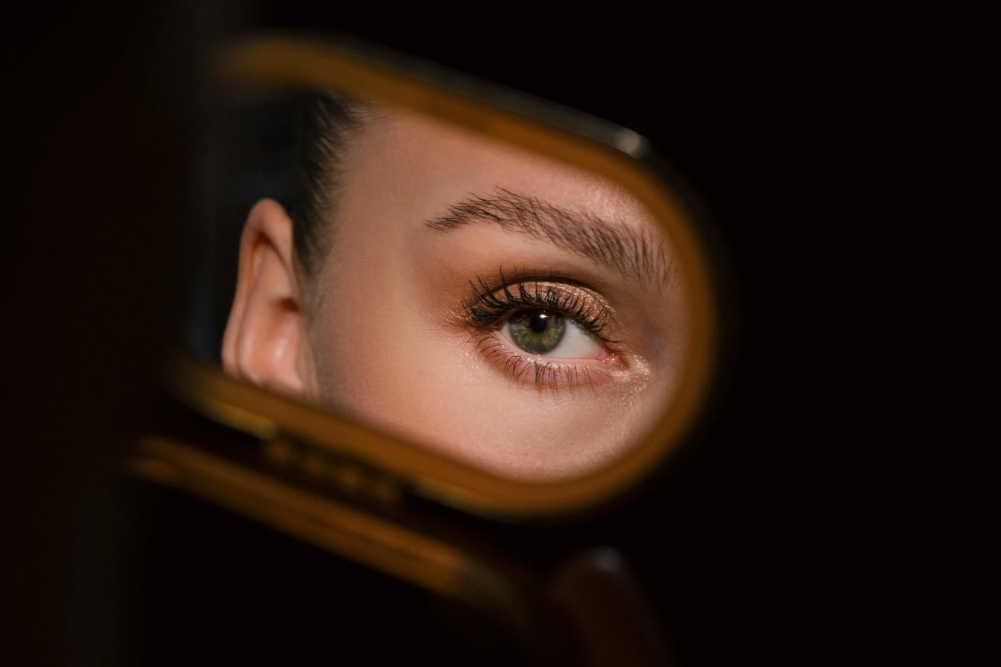Get healthy hair with a henna hue
A favourite in India, Italy and Spain since thousands of years BCE, dye from the henna plant is making a comeback, particularly thanks to its ability to add colour and lustre to hair without chemicals such as ammonia and peroxide, which are found in most mainstream dyes.
Wool, silk and leather can also be coloured with this plant-derived tint, but it’s henna’s Beauty uses that often garner the most attention, thanks to its effectiveness on fingernails and skin (think temporary tattoos) as well as hair.
How henna grows
Native to northern Africa, henna grows as a tall shrub or small tree, with leaves growing opposite each other. Its flowers and fruits bloom between 35 and 45 degrees Celsius, temperatures that are also conducive to producing the most dye. Perfect henna-growing conditions are also found in southern and western Asia, as well as northern Australia, particularly in tropical areas and semi-arid zones.
The henna used for hair dyes should not be mistaken for henna root (Alkanna tinctoria), which has been used to treat diarrhoea caused by parasites as well as cancer, enlarged spleen, headache, jaundice and skin conditions.
Why henna works
While getting a henna makeover won’t guarantee the usual salon look, it does have the ability to add noticeable hues with a definite shine, while also leaving locks softer and, some say, in better condition.
Henna is able to naturally colour or tint the hair follicles thanks to an organic red/orange compound, called lawsone, which bonds well with protein, hence enabling the dye to bind to hair keratin (a protein). It’s this compound that is found primarily in the henna plant’s leaves.
Brand matters
Not all henna is created equal. Checking ingredient labels is a must when purchasing henna, just as it is when buying traditional dyes. While packages may sport labels that promise natural henna, it’s the breakdown of what’s in the box that matters.
If you’re dreaming of blonde, black or brunette, natural henna won’t get you the results you seek unless it’s mixed with chemicals, metallic salts or other plant dyes, turning the product into what’s known as “compound henna”.
Other altered henna products may contain the chemical para-phenylenediamine, which has the ability to darken hair but is primarily used as a component of engineering polymers and composites. If it’s natural dye you’re seeking, this ingredient shouldn’t be on the list of a product you’re considering putting on your hair and scalp.
Not all pre-mixed henna dyes that are sold as hair colourants may list every ingredient on the package. The potential for allergic reaction increases as non-natural ingredients are added, so if you’re uncertain, don’t buy it or do a patch test before proceeding.
Changing brands from one dye job to the next can also result in mixed outcomes, from colour to hair quality, especially if any previous application contained chemicals or metallic salts. Consistent results come from knowing exactly what you’re applying to the hair.
Indigo, cassia and amla are other plant-based colours that can safely be added to henna for colour variations.
How to apply
With its clay-like texture, applying henna to your hair can be a messy job, especially if you decide to take on the job of DIY colourist. However, some hairdressers will gladly apply it for you; it’s just a matter of doing your research.
Henna advocate Lauren Allen says she has used the hair dye for more than 20 years with outstanding results. However, she says getting a hairdresser to apply it is always the best choice.
“I’ve been using henna almost exclusively since I was 14,” she says. “I always go to a hairdresser to get it done, but I usually have to supply it myself, as most hairdressers won’t touch it since it went out of vogue in the late ‘90s.”
She adds, “I’ve had to search for hairdressers willing to do it and now have a great one in Sydney. Previously, I had been in Melbourne and found a salon that was willing to do it, and an apprentice who was very interested as it wasn’t something she was learning at school.”
Chemical to henna & back again
If you’ve trodden the chemical dye path and plan to switch to henna, there are considerations that should be made, especially if you think you’ll return to mainstream dyes should you not be happy with the outcome of henna.
While chemical dyes penetrate the hair shaft to embed colour, henna coats it. Once this is done, applying a chemical dye over the top can offer mixed results, from patches and splotches to not adding colour to the hair at all.
There are products than can remove henna, but any such process can damage the hair and cannot always guarantee a 100 per cent success rate.
How long henna lasts
The time you get between dye jobs with henna is dependent on your hair type, how long you have been using it and the quality/purity of henna you’re applying.
Because the colour binds to the outside of the hair shaft, a first-time application may fade more quickly than if you’re onto your third colour. The more times you apply henna, the longer it will last.
Contraindications
Deemed safe when used on skin and hair, henna can cause some side-effects including skin inflammation, redness, itching, burning, swelling, scaling, broken skin, blisters and scarring.
Swallowing henna is considered unsafe, causing stomach upsets and other side-effects.
It has also been shown to be unsafe when applied to the skin of infants, and it’s best to avoid henna while pregnant or breastfeeding.
Shannon Dunn is a wellness writer, eco beauty editor and holistic healer. To find our more, visit ecobeautyeditor.com







